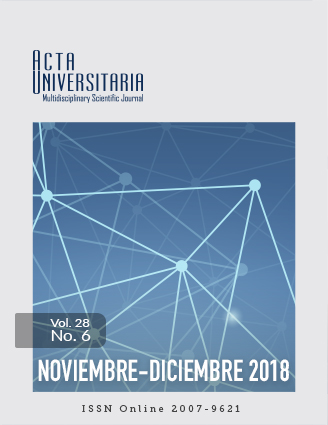Thermal ecology of the Rattlesnake Crotalus catalinensis from Santa Catalina Island, Gulf of California
Published 2019-02-07
Keywords
- Crotalus catalinensis,
- reptile,
- thermoregulation,
- Santa Catalina Island.
- Crotalus catalinensis,
- reptiles,
- termorregulación,
- Isla Santa Catalina.
How to Cite
Abstract
The body temperature of the Santa Catalina Island rattlesnake (Crotalus catalinensis) is reported for the first time. C. catalinensis presented a broad range of body temperature (13.6 °C - 38.2 °C; = 25.9 °C; N = 65). The interval substrate temperature associated with the snakes is between 14.8 °C and 37.9 °C, while the ambient temperature ranges from 16.4 °C to 36.2 °C. A higher correlation was found between body temperature and substrate. No significant differences between sexes were observed. The lower active temperature recorded was during March (14.0 °C - 23.7 °C), while the highest temperature occurred in November (19.4 °C - 39.6 °C). The relative humidity recorded was between 53.15% and 77.32%. The open ground habitat without vegetation was the most frequented by snakes. It had been reported that C. catalinensis presented diurnal and nocturnal habits; however, we found that it exhibited only nocturnal habits, even during winter periods. C. catalinensis exhibited, like other rattlesnakes, thermo-conformist behavior, its body temperature correlating with soil temperature; however, the question about whether other rattlesnakes’ pattern of activity is also influenced by relative humidity as it did with C. catalinensis (which is an island species) arises.

